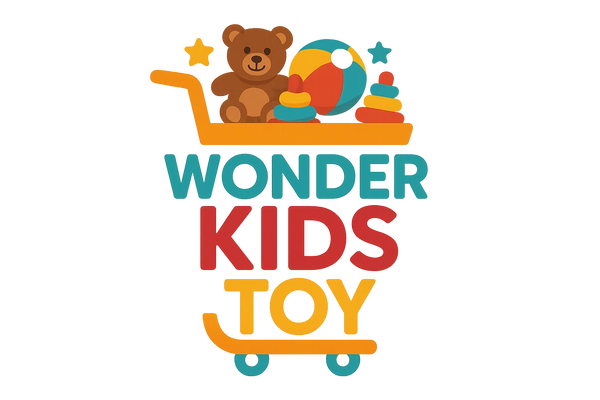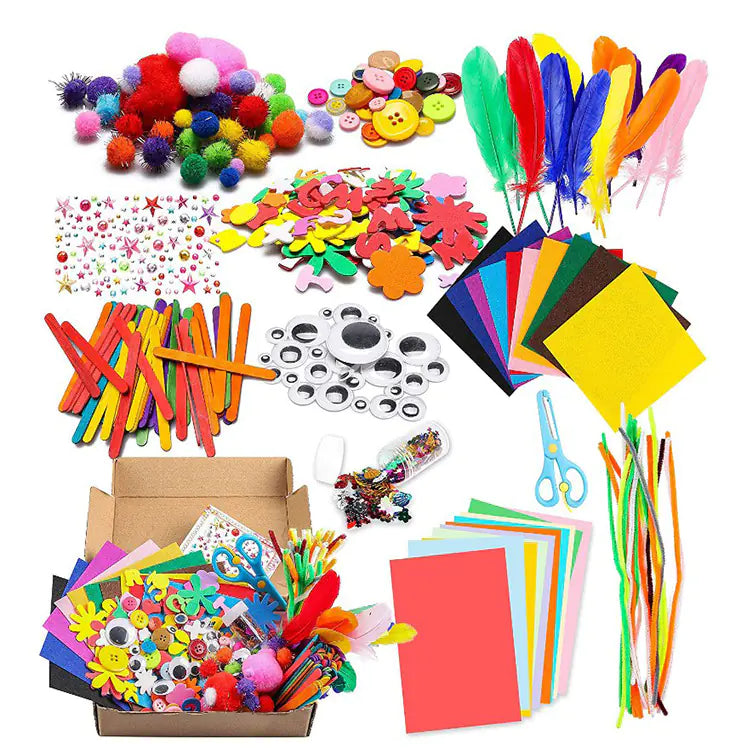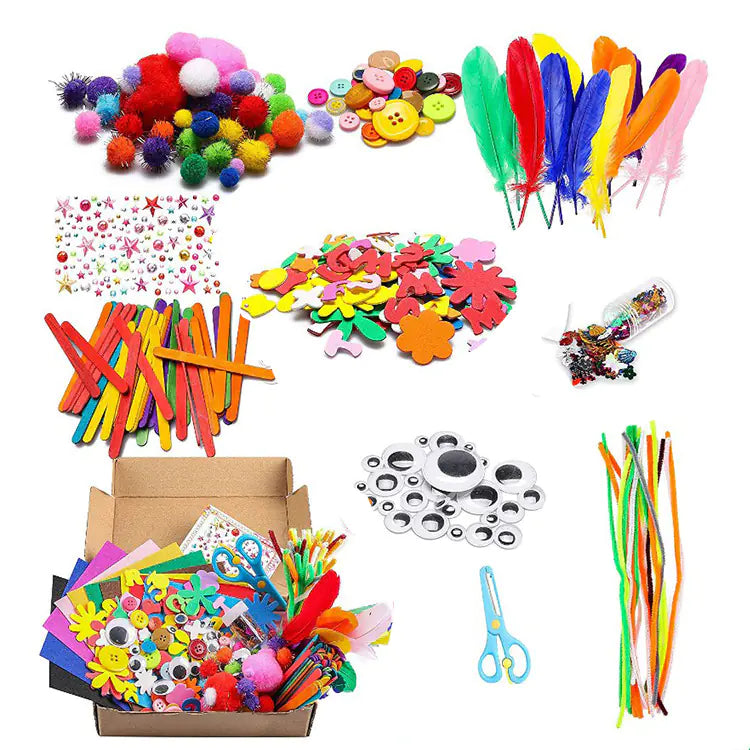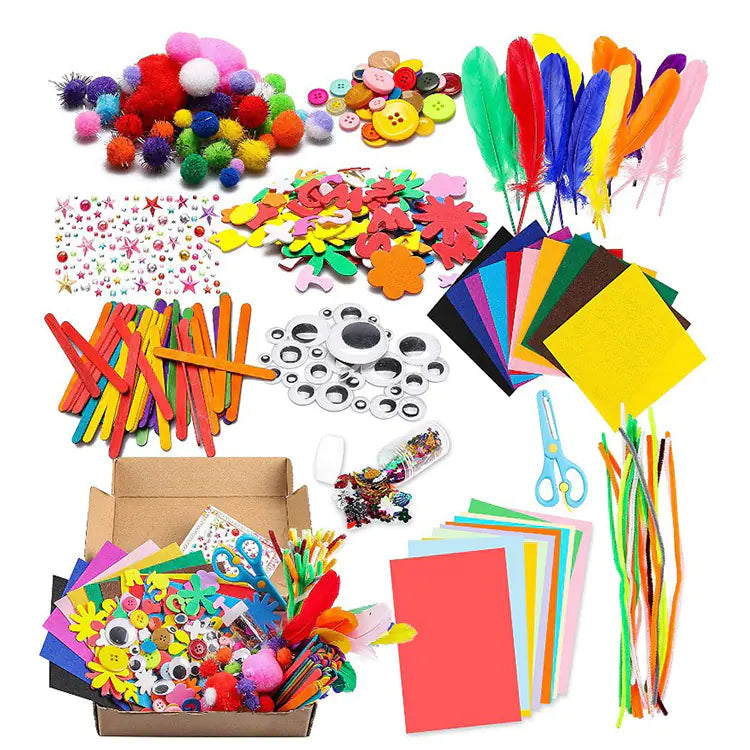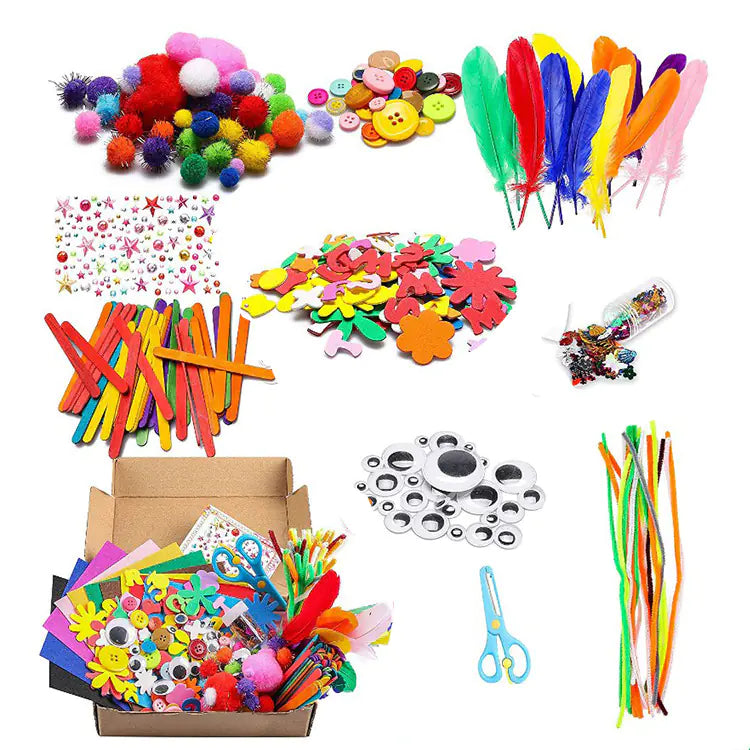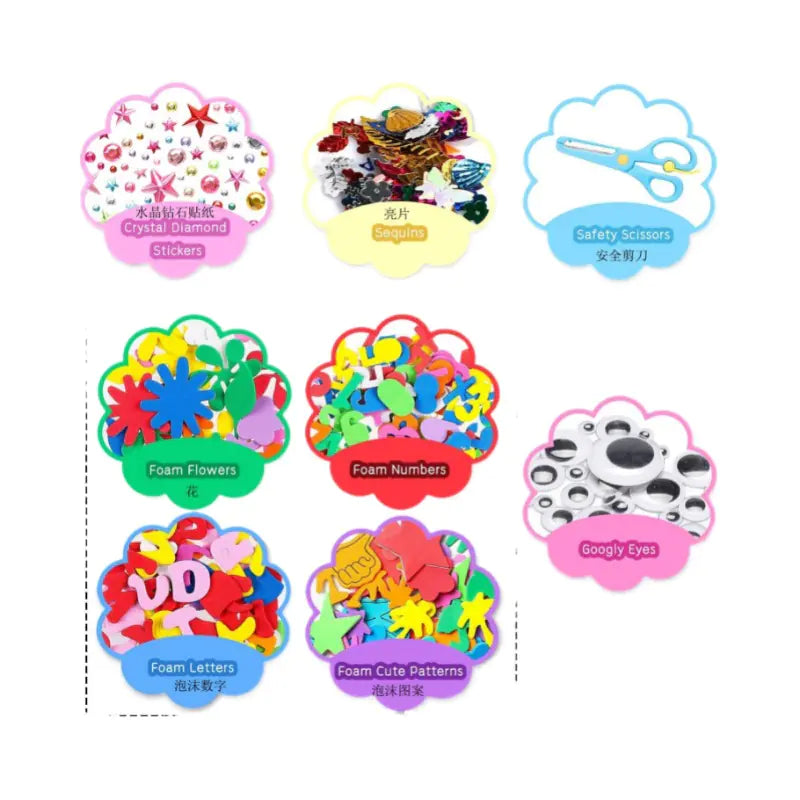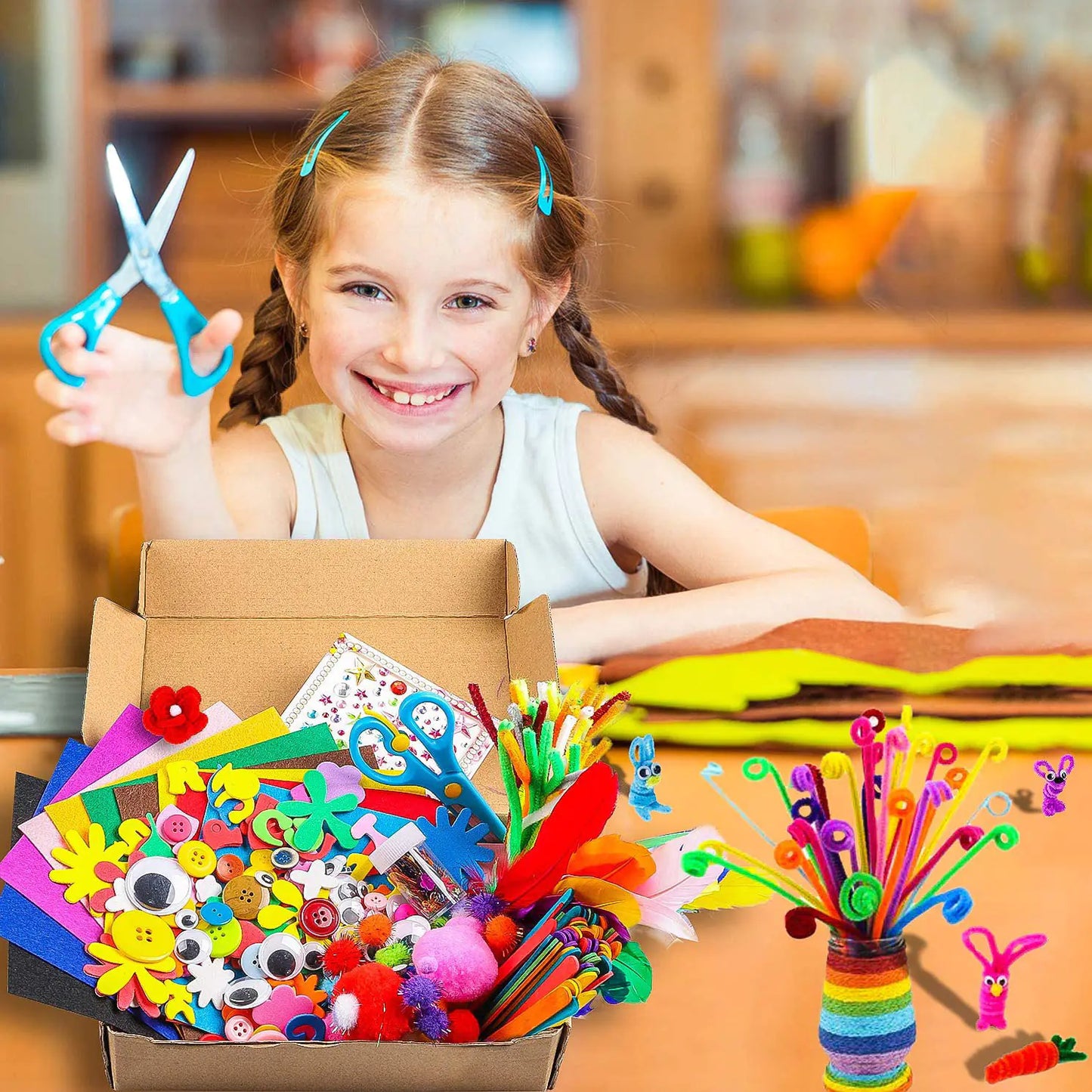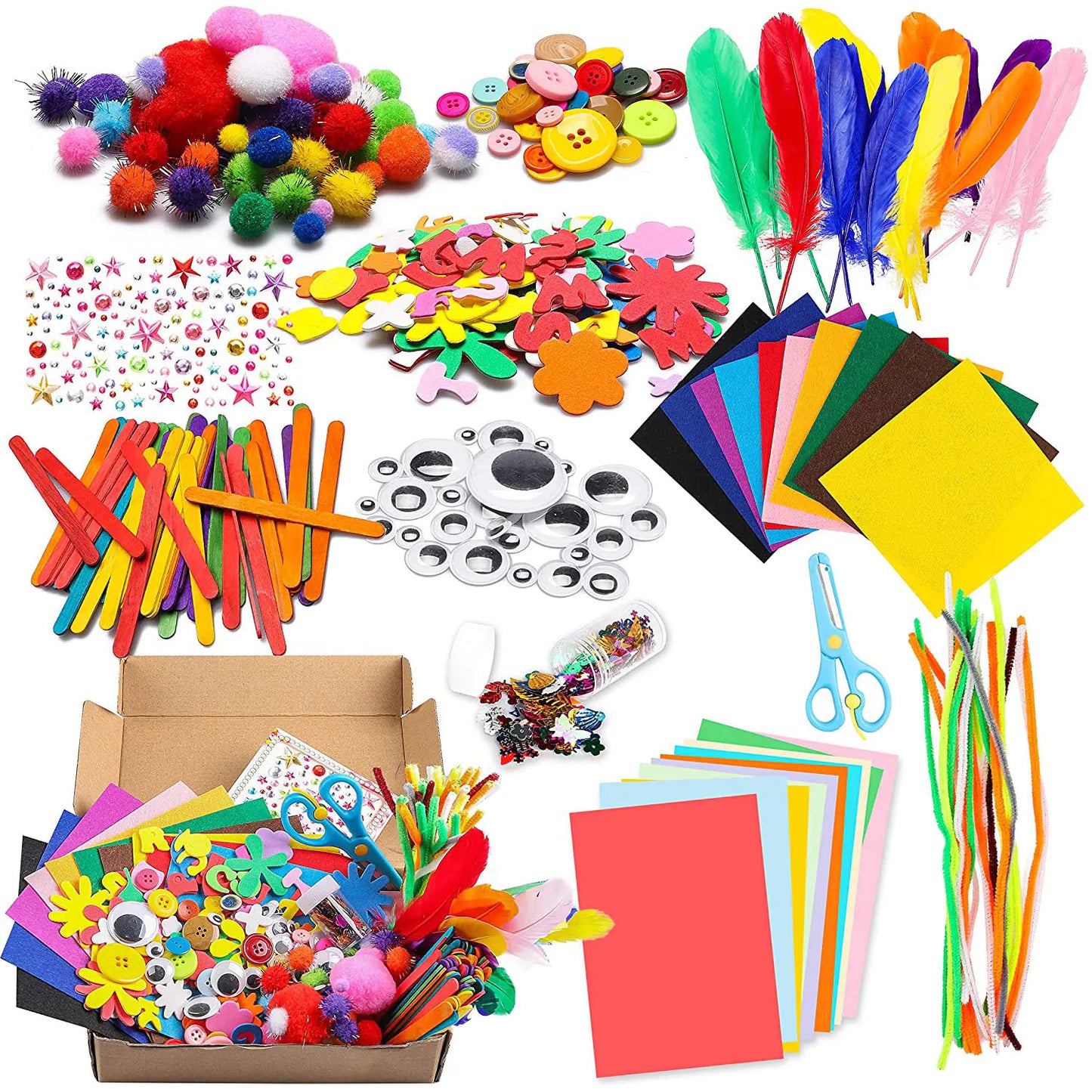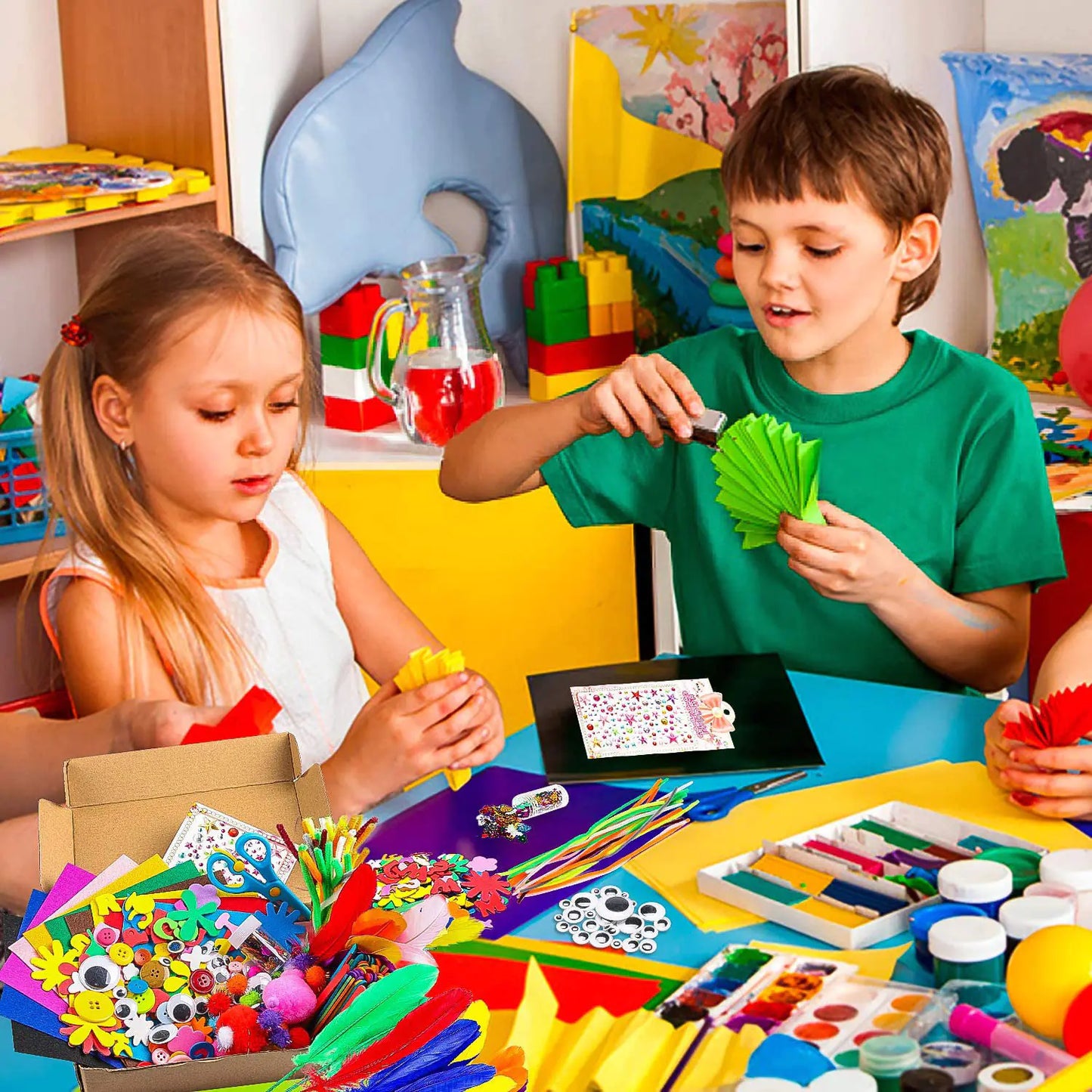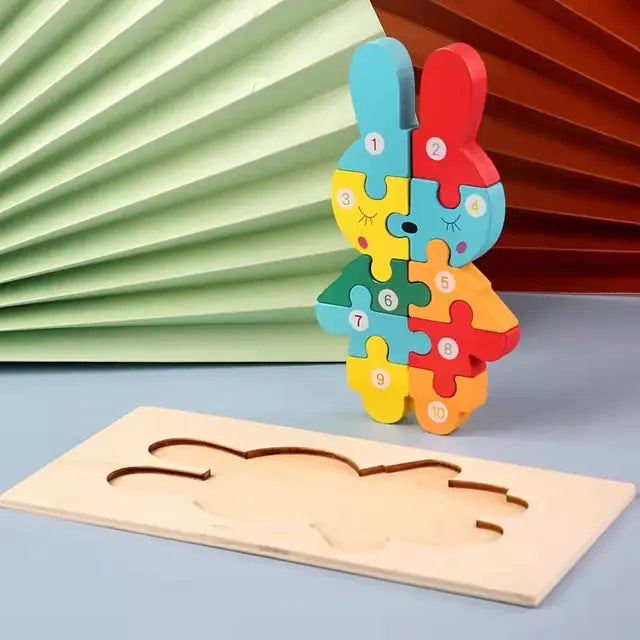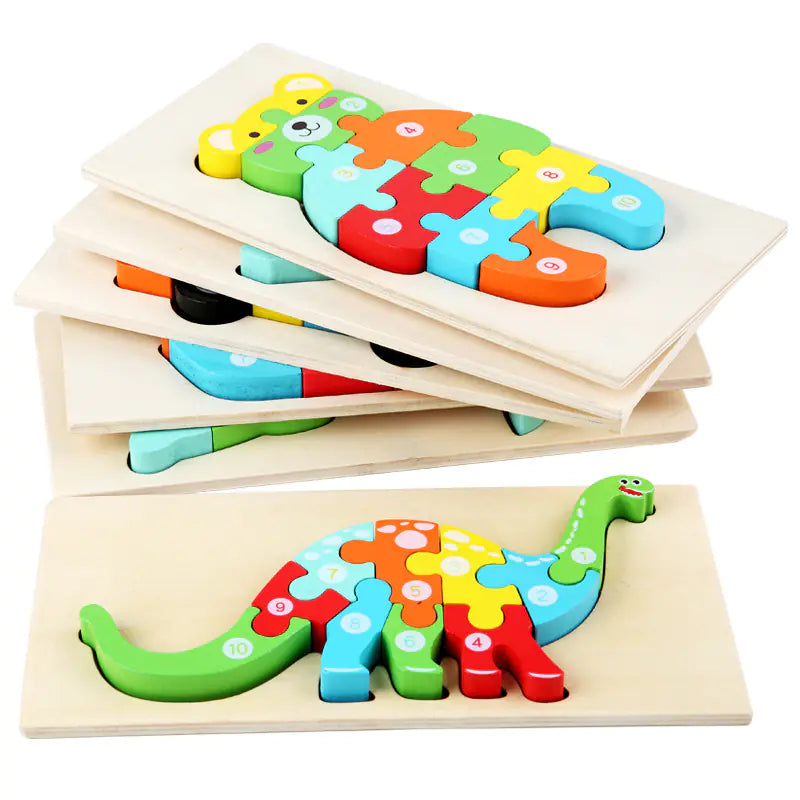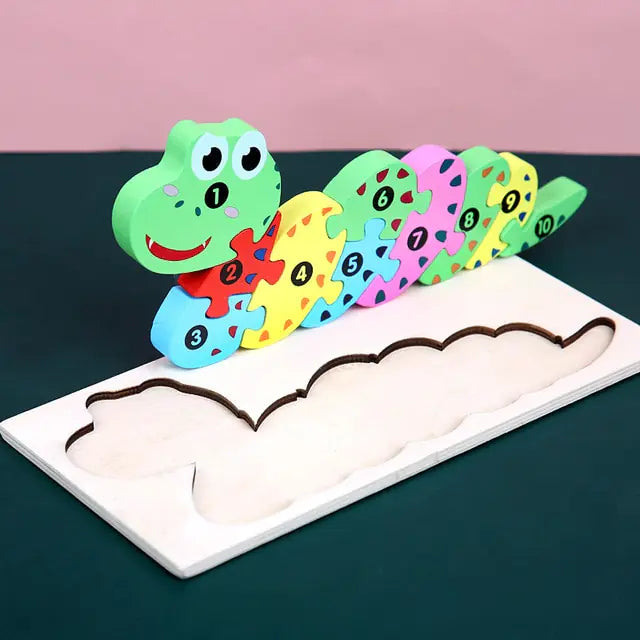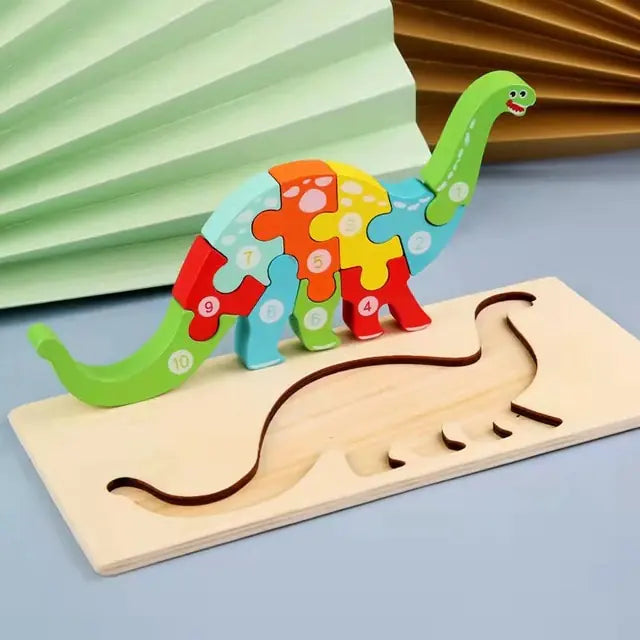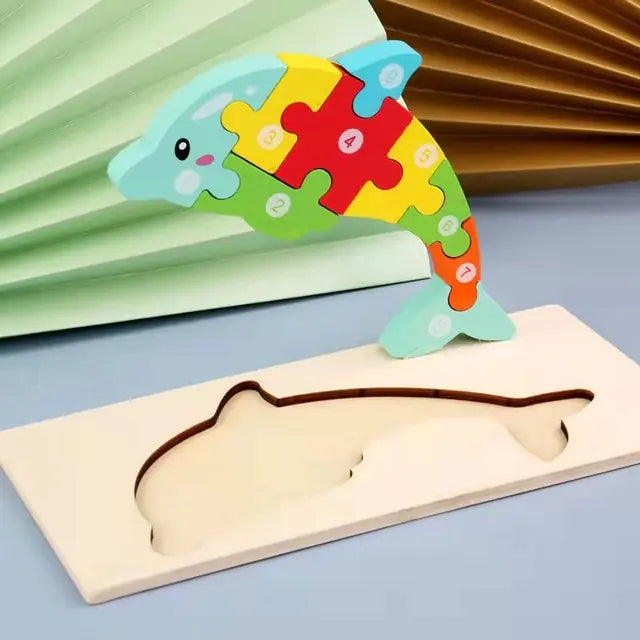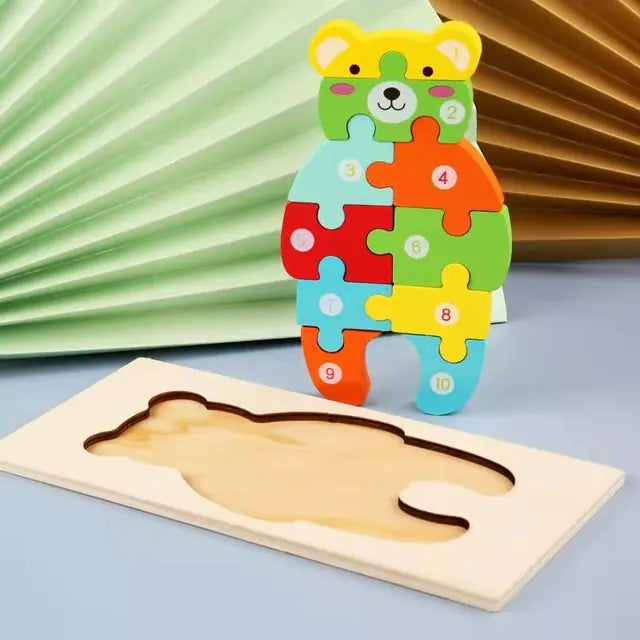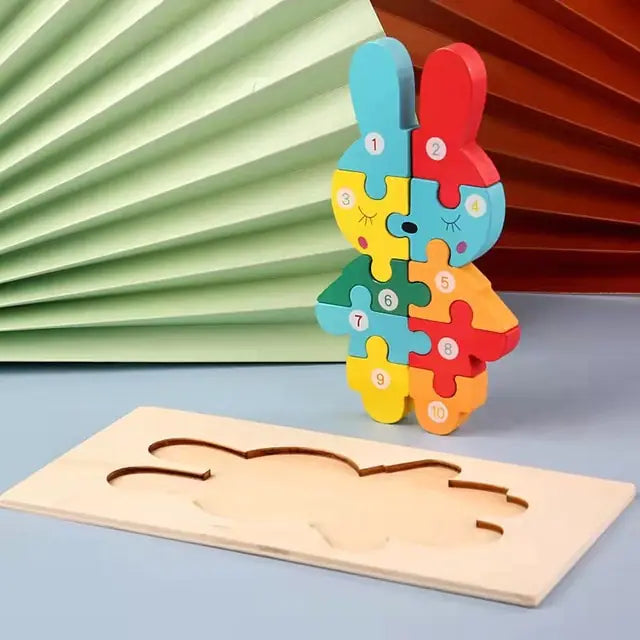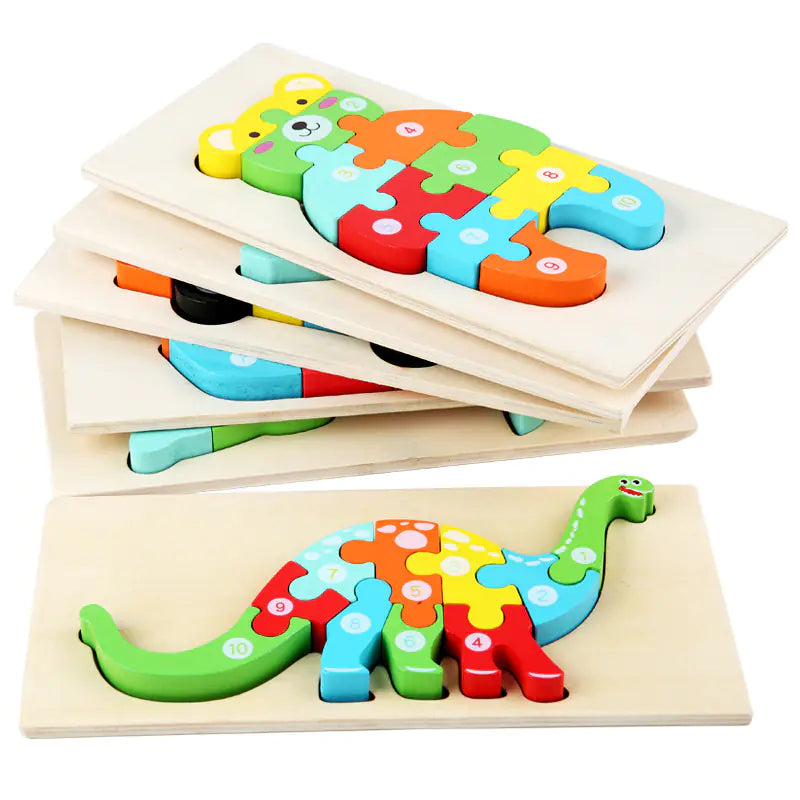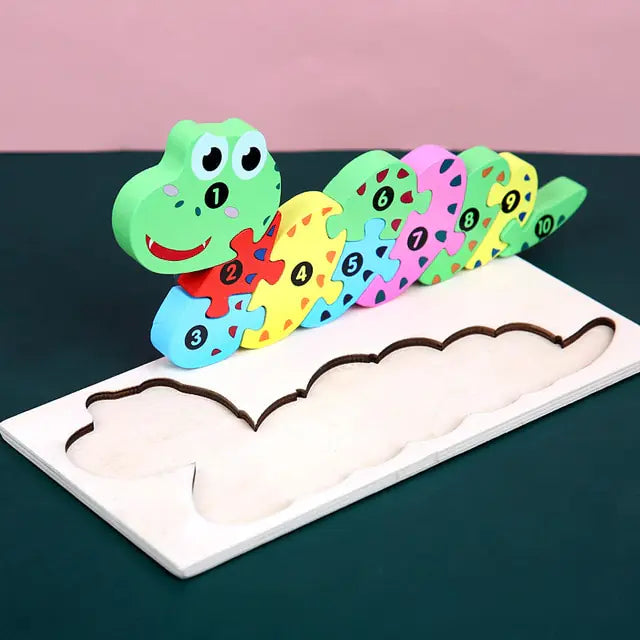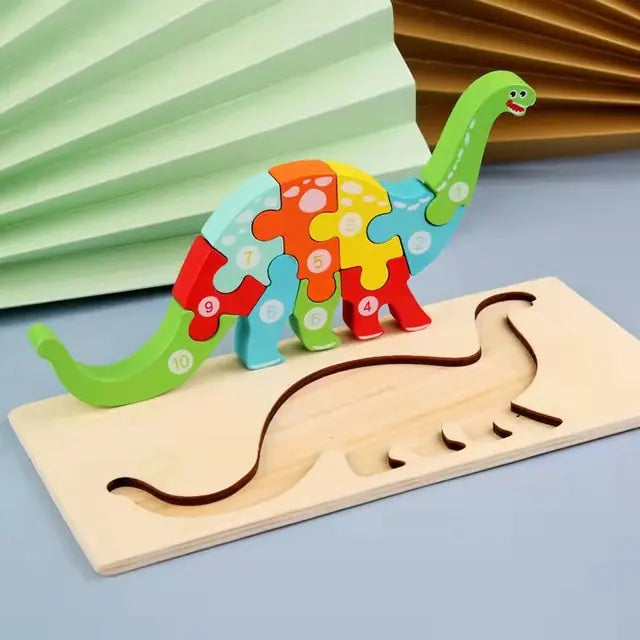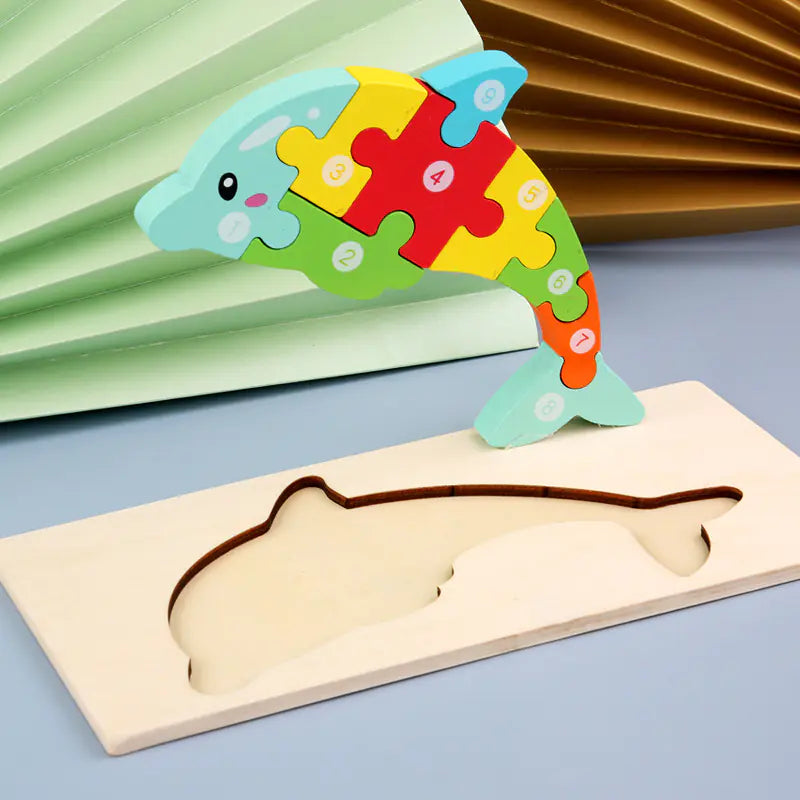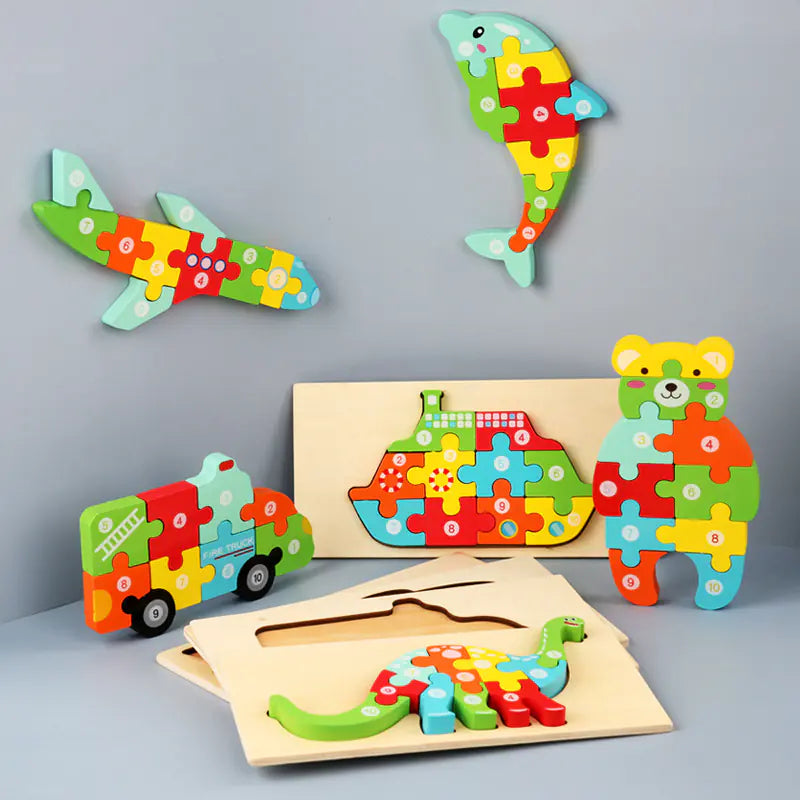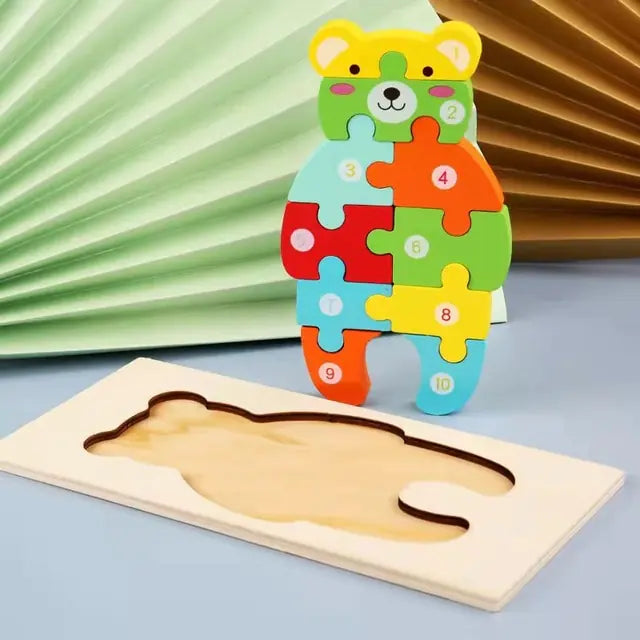Introducing musical instruments to your little ones can change the game! Studies show it boosts their brain power, social skills, and creativity. Educational musical toys are key in shaping their future.
As a parent, you want the best for your child. We're here to help you find it. We've picked out the best musical instruments for children that are fun and educational.
Key Takeaways
- Introducing musical instruments can boost cognitive development in kids.
- Musical instruments can enhance social skills and creativity.
- Choosing the right instrument is key for your child's musical journey.
- Educational musical toys are a great starting point.
- Parental guidance is vital for a child's musical growth.
Introduction to Musical Instruments for Kids

Learning to play a musical instrument is fun and good for kids. It helps them think better, get along with others, and feel their emotions. Let's dive into the world of kids' musical instruments and see how music education helps young minds.
Why Music Matters for Child Development
Music is key to a child's growth. Studies show it makes kids smarter, better at remembering things, and more social. It also lets them show their creativity in special ways.
Playing instruments has many benefits. It sharpens hearing and helps with problem-solving. It also teaches kids discipline, patience, and creativity, which are important for a well-rounded person.
The Benefits of Learning an Instrument
Learning to play an instrument has many advantages. Some of the main benefits are:
- Improved Cognitive Skills: Playing an instrument boosts memory, focus, and problem-solving skills.
- Enhanced Social Skills: Being in a band or orchestra teaches teamwork and communication.
- Boosted Confidence: Mastering a song can make a child feel more confident and proud.
- Creative Expression: Music is a special way for kids to express their feelings and creativity.
Introducing your child to musical instruments is a great gift. It makes their childhood richer and gives them skills for life.
Types of Musical Instruments for Young Players

The world of musical instruments is vast and varied, offering many options for young players to explore. Knowing the different types is key when introducing your child to music. This knowledge helps you choose an instrument that fits their interests and skills.
Percussion Instruments
Percussion instruments are often the first choice for kids. They are fun and help develop rhythm. Popular options include drums, tambourines, and maracas. These instruments are enjoyable and improve coordination and timing.
String Instruments
String instruments, like violins, cellos, and ukuleles, teach about melody and harmony. They require dedication and practice, which is suitable for discipline. The ukulele is a good start because of its soft strings and small size.
Wind Instruments
Wind instruments, such as recorders, flutes, and clarinets, focus on breath control and embouchure. The recorder is often used in elementary music programs because it is simple and easy to use.
| Instrument Type | Examples | Skills Developed |
|---|---|---|
| Percussion | Drums, Tambourine, Maracas | Rhythm, Coordination |
| String | Violin, Cello, Ukulele | Melody, Discipline |
| Wind | Recorder, Flute, Clarinet | Breath Control, Embouchure |
Knowing the different types of instruments helps you choose the best one for your child. Each type has unique benefits and can help with other skills.
Choosing the Right Instrument for Your Child

Finding the perfect instrument for your child is more than just a purchase. It's about opening a world of creativity, discipline, and joy. As a parent, you allow your child to explore and grow.
Age Considerations
The age of your child is key when picking an instrument. Younger kids might start with simple ones like the recorder or drums. These are easier to handle and more forgiving.
As kids get older, they can move to more complex instruments. For example, the violin or piano requires better skills and dedication. Choosing an instrument that matches your child's age and abilities is essential.
| Age Group | Suitable Instruments |
|---|---|
| 3-5 years | Drums, Simple Percussion Instruments |
| 6-8 years | Recorder, Ukulele |
| 9-12 years | Piano, Violin, Simple Wind Instruments |
Interest and Personality
Knowing your child's interests and personality is important. For example, a child full of energy might love playing the drums, while a quieter child might enjoy the piano.
"The best instrument for a child is one that captures their imagination and keeps them engaged."
Let your child try out different instruments to find what they love. Many music schools offer trial classes or workshops. This way, they can see what interests them.
Size and Comfort
The size and comfort of an instrument are significant, too. An instrument that's too big or heavy can be off-putting. For example, a full-size violin might be too big for a small child. A ukulele, on the other hand, is often easier to handle.
- Consider the weight and size of the instrument.
- Assess the adjustability of the instrument (e.g., adjustable violin shoulder rests).
- Look into renting instruments as a viable option before committing to a purchase.
Considering these factors, you can help your child find an instrument that's just right for them. This can spark a lifelong love for music.
Top 5 Musical Instruments for Kids

We're excited to share the top 5 musical instruments perfect for kids. These instruments can spark a lifelong passion for music and help develop skills like discipline, creativity, and cognitive development.
Ukulele
The ukulele is excellent for kids because of its soft sound and easy playability. It has only four strings, making it easier for small hands. It teaches kids about chords and strumming patterns, preparing them for more complex instruments.
Recorder
The recorder is a classic first instrument, often taught in elementary school. It's a simple, woodwind instrument that teaches breath control and finger dexterity. It's affordable and durable, making it an excellent choice for beginners.
Keyboard or Piano
Learning to play the keyboard or piano is rewarding for kids. It introduces them to melody and harmony, improves hand-eye coordination and fine motor skills, and helps them understand music theory. The visual layout of the keys also helps kids.
Drums
Drums are a fun way to get kids moving and engaged with music. They help develop rhythm and timing. Starting with a simple drum set or practice pad is a great way to introduce percussion.
Each instrument offers unique benefits and can be a great starting point for your child's musical journey. Introducing them to music early on fosters a love for music and contributes to their overall development.
The Importance of Early Exposure to Music

Studies show that music is key for young kids. It's not just for future musicians. It helps kids grow up well-rounded, with better thinking, social skills, and creativity.
Cognitive Development
Music greatly affects a child's brain. It improves memory, boosts problem-solving, and helps with language. Kids who start with music do well in school, mainly in math and reading.
Key cognitive benefits include:
- Improved memory and concentration
- Enhanced spatial-temporal skills
- Better language development and literacy
Social Skills
Music is also great for social skills. In music classes, kids learn teamwork, discipline, and empathy. They see the value of hard work and never giving up.
| Social Skill | How Music Helps |
|---|---|
| Teamwork | Group music classes encourage collaboration |
| Discipline | Regular practice instills a sense of responsibility |
| Empathy | Understanding and interpreting musical expressions |
Creative Expression
Music lets kids show their creativity. It's a way for them to imagine, feel, and find themselves. Music helps kids love the arts and be creative for life.
"Music is the divine way to tell beautiful, poetic things to the heart." Starting with music early shapes a child's creative spirit.
How to Introduce Music to Your Child

Starting a musical journey with your child can be a fun family activity. It's more than teaching them to play an instrument. It's about enriching their lives with sound and improving their thinking, social skills, and feelings.
Listening to Different Genres
Introducing your child to various music genres can broaden their musical knowledge. Each genre has its unique sound and history, from classical to jazz to pop to folk. Start by playing different music at home and see how your child reacts.
Why not make a playlist together? Let your child choose their favorite songs or artists. This way, they can share why they like them, making the experience fun and personal.
Family Jam Sessions
Family jam sessions are a great way to enjoy music together. You don't need to be a great musician to join in. Grab some simple instruments, like maracas or tambourines, and have fun.
These sessions create lasting memories and encourage your child to try different sounds and rhythms. It's also a wonderful way to spend time together as a family.
Encouraging Exploration
Encourage your child to try out different musical instruments and styles. You can visit local music stores, attend concerts, or watch online tutorials together.
You help them discover what they like most by giving them chances to explore. This can lead to finding a new passion.
| Activity | Benefits | Tips |
|---|---|---|
| Listening to Different Genres | Broader musical understanding, enhanced creativity | Create a playlist together, explore different genres |
| Family Jam Sessions | Quality family time encourages musical exploration | Use simple instruments, make it fun |
| Encouraging Exploration | Discovering musical interests, developing musical tastes | Visit music stores, attend concerts, and watch online tutorials |
Selecting Beginner-Friendly Instruments

Finding the right instrument can spark your child's lifelong love for music. This choice is both exciting and essential. Knowing what makes an instrument great for beginners is key.
Features to Look For
When picking an instrument for your child, look for a few key things. Durability is a must, as kids can be rough on their instruments. Choose ones made from quality materials that can handle the learning process.
Ease of use is also essential. The instrument should be easy for your child to understand and play. Also, think about the size and weight of the instrument. It should be easy for your child to hold and play with.
Another key factor is the availability of learning resources. Instruments with educational materials, like books or online tutorials, can significantly help. Also, consider the cost and if the instrument can grow with your child's skills.
Recommended Brands
Many brands are known for their beginner-friendly instruments for kids. Yamaha is famous for its musical instruments, like keyboards and drums, which are great for young learners. Mendini offers affordable and quality instruments, such as recorders and ukuleles.
Donner is an excellent choice for kids' string instruments, like violins. LP Music has beginner-friendly drum sets for percussion. These brands focus on quality and understand young musicians' needs.
By looking at these features and checking out these brands, you can find the perfect instrument for your child. This will help them start their musical journey with joy and growth.
Musical Instrument Accessories for Kids

When your child starts learning a musical instrument, the right accessories can make a big difference! It's exciting to see them grow their musical skills, and with the right tools, you can make their learning experience even better.
Let's look at some key musical instrument accessories for kids. These include tuners, metronomes, carrying cases, and cleaning kits. Each plays a significant role in helping your child learn and keep their instrument in good shape.
Tuners and Metronomes
Tuners and metronomes are super helpful for kids learning musical instruments. A tuner helps your child tune their instrument correctly, which is key for a good sound. A metronome helps them get a strong sense of rhythm and timing.
- Tuners are great for string instruments like violins and guitars.
- Metronomes work well for many instruments, including keyboards and drums.
Carrying Cases
A good carrying case keeps your child's instrument safe when they're moving it. Look for a sturdy case that is easy to carry and has room for extra stuff.
- Complex cases protect fragile instruments well.
- Soft cases are light and have pockets for music and other things.
Cleaning Kits
Keeping an instrument clean is key to its sound quality and longevity. A cleaning kit usually includes a soft cloth, cleaning solution, and maybe a brush for delicate parts.
- Regular cleaning stops dirt and grime buildup.
- Choose a kit that fits your child's instrument.
By giving your child these essential accessories, you support their musical growth and teach them about caring for their instrument.
Learning Resources for Young Musicians

Helping a child grow in music requires the right tools. We're here to show you the best ways to support your child's musical journey. Many tools and programs are made just for this purpose.
Online Tutorials and Apps
Today, online tutorials and apps are key for young musicians. They offer fun, interactive lessons and exercises. Some top platforms include:
- Yousician: An app that uses games and exercises to teach kids how to play the piano or guitar.
- Music Theory Fundamentals: An app that teaches music theory basics through interactive lessons.
- Video Lessons on YouTube: Channels like Justin Guitar and Piano Nanny offer free video lessons for beginners.
Local Music Schools
Local music schools offer a place where kids can learn from experienced teachers. They provide both group and private lessons. When choosing a school, look at:
| Criteria | Description |
|---|---|
| Qualified Instructors | Make sure the teachers are well-qualified and experienced. |
| Variety of Instruments | Choose schools that teach many different instruments. |
| Performance Opportunities | Look for schools that give students chances to perform regularly. |
Classroom Programs
Many schools now include music in their curriculum. These programs teach musical skills and help with teamwork and creativity. Classroom music programs offer:
- Social Skills Development: Singing or playing in a group helps kids develop social skills and build confidence.
- Creativity Enhancement: Music encourages creativity and self-expression.
- Discipline and Focus: Learning music requires discipline, which can help in other areas of life.
Using these resources, you can give your child a well-rounded music education that will nurture their talent and passion.
Music Classes and Private Lessons

Choosing the right music class or lesson is key for your child's music journey. Both group and private lessons have perks, and knowing these can guide your decision.
Advantages of Group Classes
Group music classes are great for kids to learn with friends. They help develop social skills and teamwork. Kids learn to play together and share ideas.
These classes also introduce kids to various musical roles. They can try different instruments or singing. Plus, group classes are often cheaper, making music education more accessible.
Finding a Local Teacher
Choosing a private music teacher is vital. A good teacher can inspire and tailor lessons to your child. Look for someone experienced in teaching kids.
Ask friends, family, or local music schools for recommendations. Many schools offer private lessons. Observing a lesson or having a consultation to see if the teacher fits is wise.
Virtual Lessons
Virtual music lessons are now a popular choice. They offer flexibility and are great for busy families or those who are far from a music teacher.
Thanks to technology, virtual lessons are engaging and interactive. Teachers use video tools for real-time feedback. Ensure you have a good internet connection and a suitable device for your child.
Instrument Maintenance and Care

Maintaining and caring for your child's instrument is essential to keep the music playing. Proper maintenance prolongs the instrument's life and keeps it sounding great. Taking care of a musical instrument might seem daunting, but it's easy with a few simple steps.
Basic Cleaning Tips
Cleaning your child's instrument regularly is vital. It removes dirt and grime that can harm its sound and longevity. Here are some basic cleaning tips:
- Use a soft, dry cloth to wipe down the instrument after each use.
- Avoid using harsh chemicals or abrasive materials that can damage the finish.
- Use a specialized cleaning solution for instruments with keys or pads and follow the manufacturer's instructions.
Cleaning Frequency: The frequency of cleaning depends on how often the instrument is played. For daily players, a weekly cleaning is recommended.
Storage Recommendations
Proper storage is key when the instrument is not in use. Here are some storage recommendations to keep your child's instrument safe:
| Instrument Type | Storage Recommendation |
|---|---|
| String Instruments | Store in a hard case to protect against damage and changes in humidity. |
| Wind Instruments | Use a hard case and consider a hygrometer to monitor humidity levels. |
| Keyboard Instruments | Cover with a dust cover when not in use and avoid extreme temperatures. |
By following these simple maintenance and care tips, you can ensure your child's instrument remains in great condition, providing years of musical enjoyment.
Encouraging Practice and Improvement

Helping your child love music means creating a place for regular practice. As a parent, you're key in teaching them to practice well, which is vital for their musical growth and improvement.
Setting Goals
Setting goals is a great way to motivate your child to practice. Clear goals help them stay focused and driven. Start with small, manageable goals like learning a new song or improving a tough technique.
It's good to let your child help set goals. Ask them about their dreams and what they want to achieve. This makes practice more fun and meaningful for them.
Creating a Practice Schedule
A good practice schedule is essential for steady progress. Consistency is key in music practice. Find a regular time that fits into your child's daily or weekly life.
Here are some tips for a good practice schedule:
- Choose a quiet spot for practice with no distractions.
- Begin with short sessions and grow them as your child gets better.
- Divide practice into smaller parts, focusing on different skills or songs.
- Add fun elements to make practice enjoyable.
By setting achievable goals and a structured practice schedule, you can encourage your child to practice often. Make practice a positive and rewarding experience. This will help them love music for life.
Celebrating Musical Achievements

Celebrating your child's musical achievements is a great way to encourage their love for music! Acknowledging progress, no matter how small, can be very motivating. Celebrating these moments creates a positive and encouraging environment for their musical growth.
Hosting Mini-Concerts
Hosting mini-concerts at home is a fun way to celebrate your child's musical achievements. These informal gatherings help your child build confidence by performing in front of an audience. Invite family members and friends to make it a supportive and celebratory atmosphere.
- Choose a comfortable setting at home.
- Encourage your child to pick their favorite pieces to perform.
- Make it a special event with some refreshments!
Utilizing Certificates and Rewards
Certificates and rewards are great motivators for young musicians. You can create or purchase certificates to acknowledge their achievements. Consider using a reward system that aligns with your child's interests, such as extra storytime or a new musical accessory.
- Create a reward chart to track progress.
- Offer specific rewards for achieving certain milestones.
- Praise their efforts and progress along the way!
Exploring Different Music Styles

Discovering various music types can spark a lifelong love for music in your child. Introducing kids to different genres can deepen their musical appreciation and understanding.
Classical
Classical music is timeless and offers a rich musical experience. It features famous composers like Mozart and Beethoven, who are known for their complex and beautiful works.
Listening to classical music helps children appreciate orchestral music and teaches them about the history behind different compositions.
Jazz
Jazz is a dynamic and improvisational genre that boosts children's creativity. It covers a wide range of styles, from swing to bebop.
Introducing your child to jazz encourages them to explore different rhythms and melodies. This enhances their musical expression.
Pop
Pop music is popular and contemporary, and many children love it. It features various styles and is known for catchy melodies and lyrics.
Engaging with pop music helps kids connect with current musical trends and understand the cultural context of different songs.
| Music Style | Characteristics | Benefits for Kids |
|---|---|---|
| Classical | Complex compositions, orchestral | Appreciation for history, orchestral understanding |
| Jazz | Dynamic, improvisational, varied rhythms | Stimulates creativity, explores different melodies |
| Pop | Catchy melodies, contemporary, varied styles | Connects with current trends, cultural understanding |
By exploring these music styles, you can help your child develop a deep understanding of music, which will enrich their lives in many ways.
The Lifelong Benefits of Musical Education
Introducing musical instruments to children can change their lives. It offers many benefits that last a lifetime. Learning music can spark a lifelong love for it. It also helps build confidence and discipline.
As we've seen, musical education has many benefits. It lets children explore different music styles and instruments, which can create a lifelong passion that enriches their lives.
Nurturing Confidence and Discipline
Playing a musical instrument takes dedication and hard work. As children learn, they gain important life skills, including confidence and discipline, which can help them in many areas of life.
Supporting your child's musical education does more than foster their love for music. It also prepares them for success in the future. We encourage you to keep exploring music with your child. Discover the joy and fulfillment it can bring to your lives.
